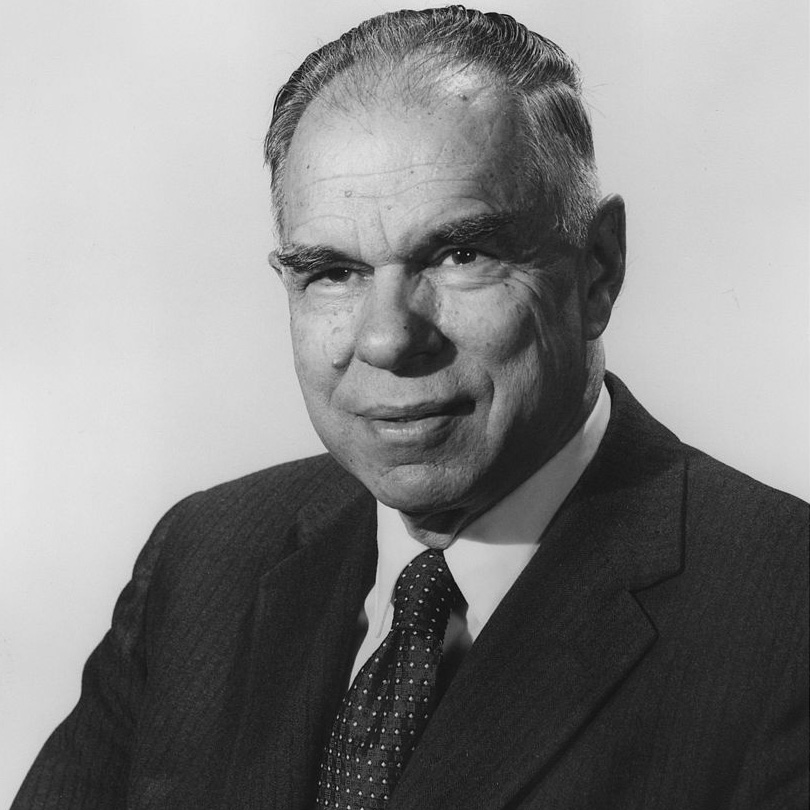Seborgio
106
Sg
Grupo
6
Perio
7
Bloko
d
Protonoj
Elektronoj
Neŭtronoj
106
106
156
Ĝeneralaj Propraĵoj
Atoma Nombro
106
Atommaso
[269]
Amasa Nombro
262
Kategorio
Transirmetaloj
Koloro
Neniu
Radioaktiva
Jes
Named after Glenn Seaborg, American nuclear chemist and Nobel prize winner
Kristala Strukturo
Neniu
Historio
Scientists working at the Joint Institute for Nuclear Research in Dubna, USSR reported their discovery of element 106 in June 1974.
Synthesis was also reported in September 1974 at the Lawrence Berkeley Laboratory by the workers of the Lawrence Berkeley and Livermore Laboratories led by Albert Ghiorso and E. Kenneth Hulet.
It was produced by collisions of californium-249 with oxygen atoms.
Synthesis was also reported in September 1974 at the Lawrence Berkeley Laboratory by the workers of the Lawrence Berkeley and Livermore Laboratories led by Albert Ghiorso and E. Kenneth Hulet.
It was produced by collisions of californium-249 with oxygen atoms.
Elektronoj per ŝelo
2, 8, 18, 32, 32, 12, 2
Elektrona Agordo
[Rn] 5f14 6d4 7s2
There are 12 known isotopes of seaborgium
Fizikaj Propraĵoj
Fazo
Solido
Denso
35 g/cm3
Fandpunkto
-
Bolpunkto
-
Varmo de Fuzio
Neniu kJ/mol
Varmo de Vaporiĝo
Neniu kJ/mol
Specifa Varmo Kapacito
- J/g·K
Krusta Abundo
Neniu
Universa Abundo
Neniu

Bildaj kreditoj: Wikimedia Commons (Atomic Energy Commission)
The element is named after Glenn T. Seaborg, atomic pioneer and Commissioner of the Atomic Energy Commission
CAS Nombro
54038-81-2
PubChem Kunmetita Identiga Nombro
Neniu
Atomaj Propraĵoj
Atoma Radiuso
-
Kovalenta Radiuso
143 pm
Elektronegativeco
-
Potencialo de jonigo
-
Atoma Volumo
-
Termika Kondukto
-
Oksidaj Ŝtatoj
6
Aplikoj
Seaborgium is used for scientific research purposes only.
Seaborgium is harmful due to its radioactivity
Izotopoj
Stabilaj Izotopoj
-Malstabilaj Isotopoj
258Sg, 259Sg, 260Sg, 261Sg, 262Sg, 263Sg, 264Sg, 265Sg, 266Sg, 267Sg, 268Sg, 269Sg, 270Sg, 271Sg, 272Sg, 273Sg